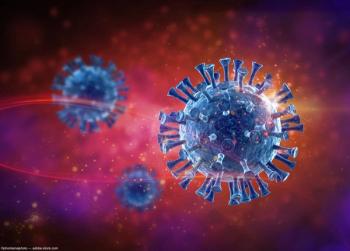
COVID-19 and suicide in the US
The COVID-19 global pandemic continues to have an impact on ophthalmologists, their practices and daily life. For patients, there can be additional pressures that are concerning.
The coronavirus disease 2019 (COVID-19) global pandemic continues to have an impact on ophthalmologists, their practices and daily life.
A study in the journal
Issues can impact patients, staff, or colleagues.
“As the COVID-19 pandemic unfolded, researchers began noting the potential for an unusually high level of susceptibility to extreme mental health consequences, including both suicide ideation and attempts,” the investigators commented, underscoring the importance of assessing the impact on mental health in addition to demographic data.
The study authors,
Their analysis showed that while the average score was 4, such as low risk, and 10% was in the 5 to 7 range, a moderate risk, almost 15% of patients who responded to the SBQ-R scored 7+, which is considered high risk;
Blacks, Native Americans, Hispanics, families with children, unmarried individuals, those not born in the US, and younger respondents had significantly (p < 0.000) higher SBQ‐R scores than Caucasians. Food insecurity, physical symptoms, and Center for Epidemiological Studies-Depression symptomatology were significantly (p < 0.000) related to suicidality, defined as suicidal ideation, plans to commit suicide and attempts at suicide.
An important finding was the while individuals are generally afraid of the virus and the impact on family and community, the fear became overwhelming with the additional of “rising unemployment, limited supplies of household goods, long lines at food pantries, and limited access to social and health-related services,” the authors commented. Specifically, those with moderate or high levels of insecurity about food “are four times more likely to be in the high SBQ‐R category…,” than those with low or no such insecurity, they reported.
The study recommended that current practices be improved and new suicide prevention strategies be formulating to help individuals during public health crises.
Newsletter
Don’t miss out—get Ophthalmology Times updates on the latest clinical advancements and expert interviews, straight to your inbox.





